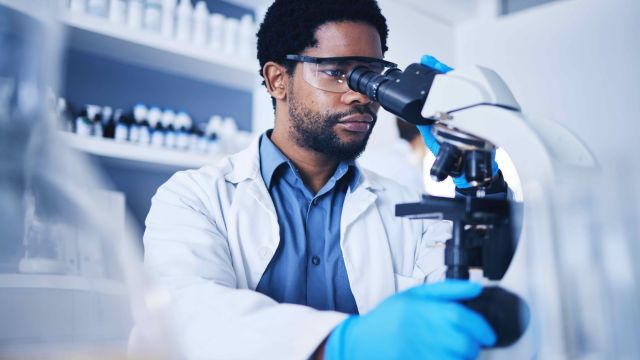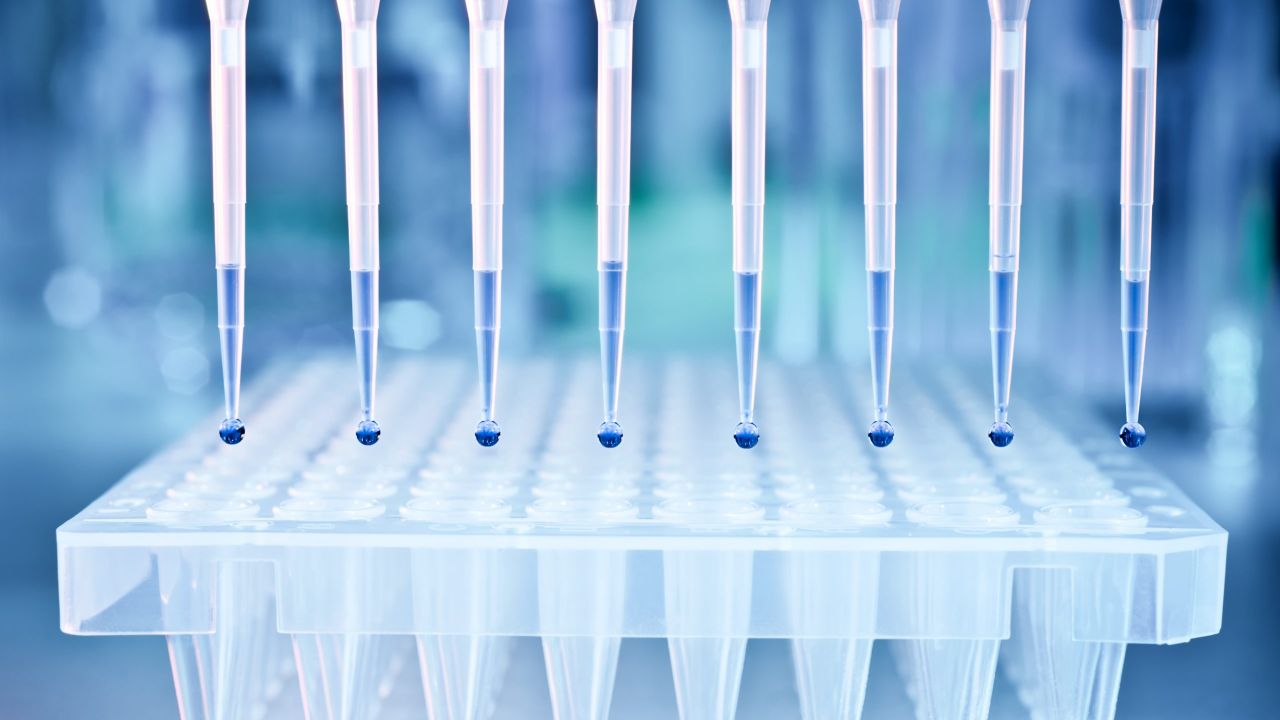
What is ALS?
Amyotrophic Lateral Sclerosis (ALS), also known as Lou Gehrig’s disease, Charcot disease, or motor neuron disease (MND), is a very serious and debilitating neurodegenerative disease.
In patients with ALS, the motor nerve cells (motor neurons) in the spinal cord, brainstem, and brain progressively deteriorate and die. Motor neurons stimulate the muscles in the body to action. Since fewer signals are sent to the muscles by the dying nerve cells, the disease leads to progressive muscle weakness.
ALS can strike at any adult age, but most often onset of the disease occurs between the ages of 40 and 60. The speed at which ALS progresses varies per person, but the average life expectancy is three years after disease onset.
Only a small portion of the cases of ALS can be attributed to a familial form of the disease. In all other cases, the precise cause of ALS is not known, although the cause is almost certainly (partly) genetic. There is no cure and still no effective treatment for ALS.


